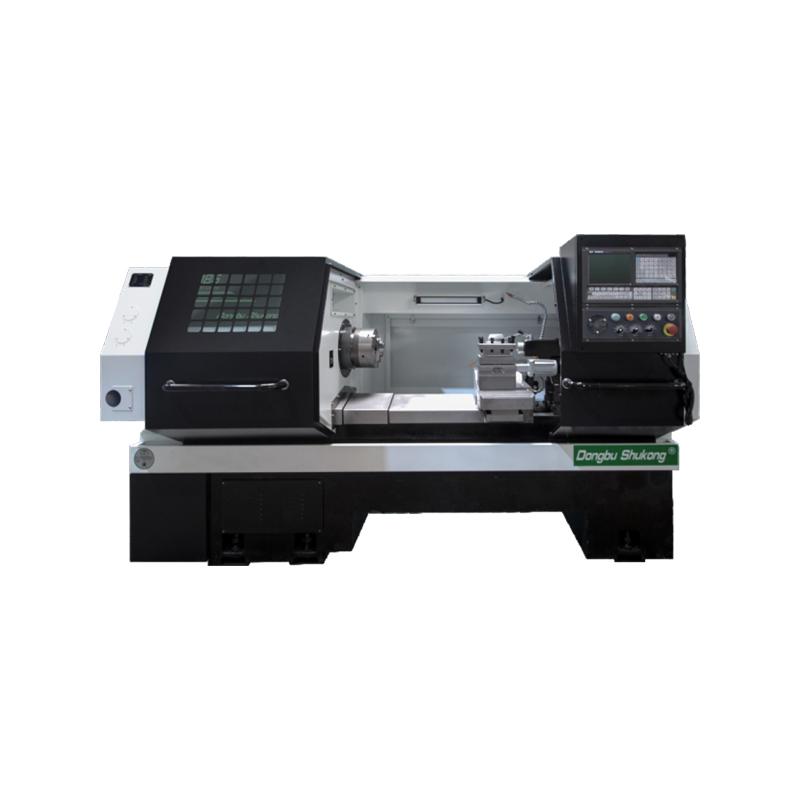In modern manufacturing, the importance of precision and efficiency cannot be overstated, and the CNC Flat Bed lathe has emerged as a pivotal tool in achieving both. By integrating computer numerical control (CNC) technology with the traditional lathe design, these machines have transformed the way manufacturers approach machining tasks. CNC flat bed lathes are now integral to industries such as automotive, aerospace, and medical devices, providing a solution to handle complex parts with high accuracy.
The core feature of a CNC flat bed lathe is its flat bed design. This design allows the machine to support larger, heavier workpieces, reducing the chances of instability during operation. Unlike other CNC lathes, which might be more susceptible to vibrations when handling heavy materials, the flat bed construction ensures the machine maintains precision even with large parts. This is particularly crucial when working with metals like steel or titanium, where precision and stability are key.
CNC flat bed lathes offer several advantages over traditional manual lathes. The automation of operations eliminates many of the manual processes that can lead to human error, thereby ensuring consistency in output. With the help of CNC technology, operators can input precise commands that guide the lathe through intricate cutting, turning, and drilling tasks. This results in improved accuracy and repeatability, especially in high-volume production.
Another key advantage is the versatility of CNC flat bed lathes. They are capable of performing various machining operations, such as turning, threading, and boring, making them suitable for a wide range of components. These machines are especially useful for manufacturers who need to produce parts with complex geometries or tight tolerances. With their advanced capabilities, CNC flat bed lathes can perform tasks that would require multiple machines in a traditional setup, thus reducing production time and cost.
The efficiency of CNC flat bed lathes is enhanced by their user-friendly programming interface. Operators can create complex programs to automate the machining process, which reduces the time spent on manual adjustments. The ability to program these lathes to handle multiple operations in one cycle increases throughput, ensuring that production lines operate at maximum efficiency.
As manufacturing continues to evolve, CNC flat bed lathes are expected to play an even larger role in advancing production capabilities. Their ability to deliver precise, high-quality parts quickly and efficiently is a major factor in their growing use across industries. Manufacturers who integrate CNC flat bed lathes into their operations stand to benefit from enhanced productivity, reduced costs, and a stronger competitive edge in the marketplace.

